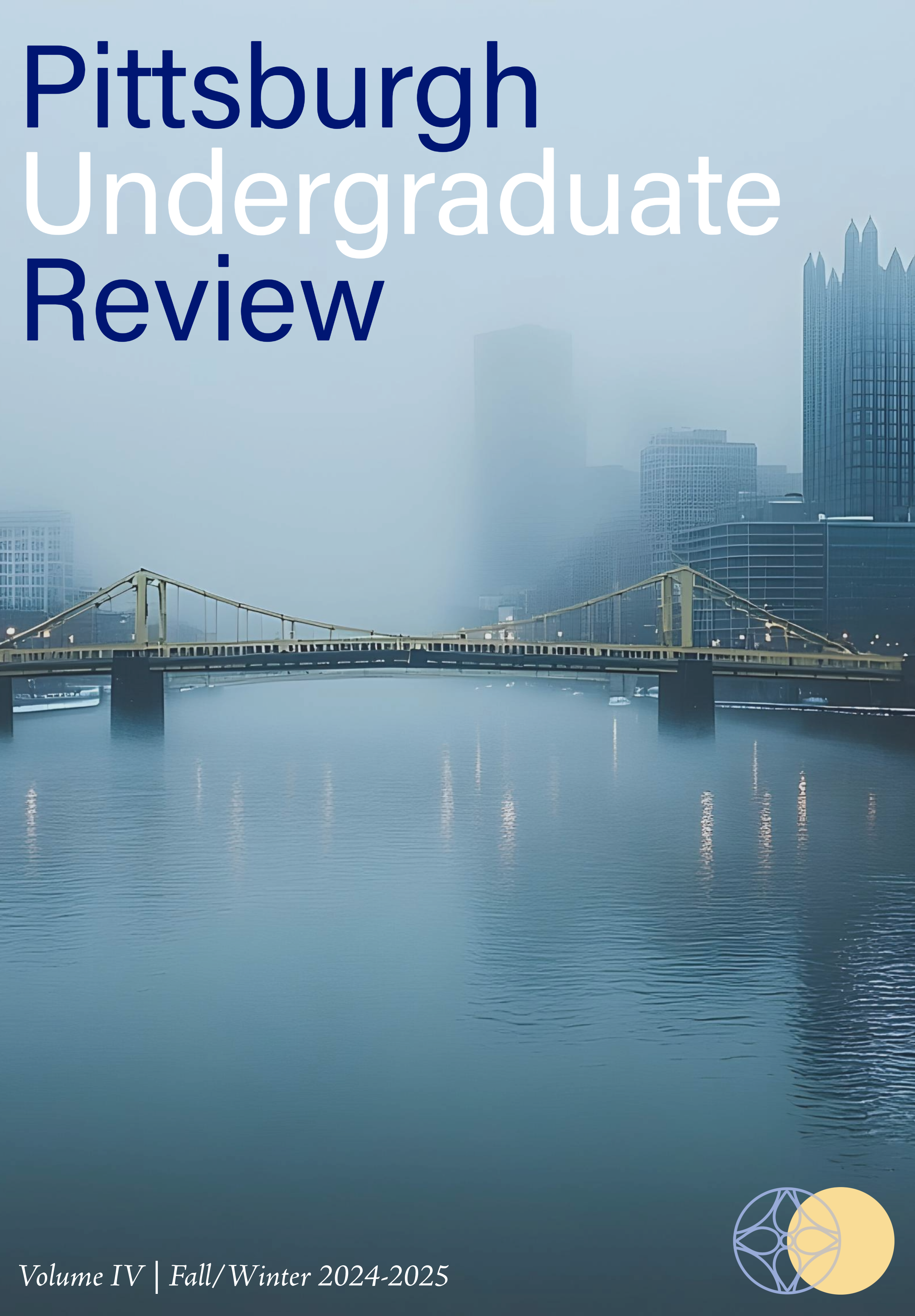Achieving a Balanced Patient-Physician Relationship: A Multi-Perspective Analysis
DOI:
https://doi.org/10.5195/pur.2025.113Keywords:
Patient-Physician Relationship, Communication, Multi-Perspective AnalysisAbstract
Despite the many advancements in the field of medicine, the delivery of quality, personalized care for patients is seldom consistently achieved. In a field where excellence of patient care is a focal point, patient dissatisfaction continues to be a paramount symptom of a poor, fragmented patient-physician relationship. What can physicians do to achieve a stronger, balanced relationship with their patients and improve the quality of care they provide? Through a critical examination of the perspectives of physician authors of several texts, including Dr. Paul Kalanithi’s When Breath Becomes Air, Dr. Danielle Ofri’s What Patients Say, What Doctors Hear, Dr. Oliver Sacks’ The Man Who Mistook His Wife for a Hate and Other Clinical Tales, Dr. Damon Tweedy’s Black Man in a White Coat, and Dr. Ian Williams et al.’s Graphic Medicine Manifesto, this paper discusses, synthesizes, and evaluates such current published insight in order to achieve a balanced, patient-physician relationship. By exploring and critiquing these viewpoints, an overall plan for patient care is proposed; the resulting need for communication and restrained empathy serves as a takeaway in patient care for both current and aspiring healthcare professionals.
References
Kalanithi, Paul, and Verghese, Abraham. When Breath Becomes Air Paul Kalanithi Aut; Abraham Verghese Introd. 2016.
Laveist, Thomas A, and Nuru-Jeter, Amani. “Is Doctor-Patient Race Concordance Associated with Greater Satisfaction With Care?” Journal of Health and Social Behavior, U.S. National Library of Medicine, Sept. 2003, pubmed.ncbi.nlm.nih.gov/12467254/.
Ofri, Danielle. What Patients Say, What Doctors Hear. Beacon Press, 2017.
Sacks, Oliver. The Man Who Mistook His Wife for a Hat and Other Clinical Tales. IRB, 2015.
Tweedy, Damon. Black Man in a White Coat. Picador, 2016.
Williams, Ian, et al. Graphic Medicine Manifesto. Penn State University Press, 2021.
Downloads
Published
How to Cite
Issue
Section
License
Copyright (c) 2025 Sahil Gandhi

This work is licensed under a Creative Commons Attribution 4.0 International License.
Authors who publish with this journal agree to the following terms:
- The Author retains copyright in the Work, where the term “Work” shall include all digital objects that may result in subsequent electronic publication or distribution.
- Upon acceptance of the Work, the author shall grant to the Publisher the right of first publication of the Work.
- The Author shall grant to the Publisher and its agents the nonexclusive perpetual right and license to publish, archive, and make accessible the Work in whole or in part in all forms of media now or hereafter known under a Creative Commons Attribution 4.0 International License or its equivalent, which, for the avoidance of doubt, allows others to copy, distribute, and transmit the Work under the following conditions:
- Attribution—other users must attribute the Work in the manner specified by the author as indicated on the journal Web site;
- The Author is able to enter into separate, additional contractual arrangements for the nonexclusive distribution of the journal's published version of the Work (e.g., post it to an institutional repository or publish it in a book), as long as there is provided in the document an acknowledgement of its initial publication in this journal.
- Authors are permitted and encouraged to post online a prepublication manuscript (but not the Publisher’s final formatted PDF version of the Work) in institutional repositories or on their Websites prior to and during the submission process, as it can lead to productive exchanges, as well as earlier and greater citation of published work. Any such posting made before acceptance and publication of the Work shall be updated upon publication to include a reference to the Publisher-assigned DOI (Digital Object Identifier) and a link to the online abstract for the final published Work in the Journal.
- Upon Publisher’s request, the Author agrees to furnish promptly to Publisher, at the Author’s own expense, written evidence of the permissions, licenses, and consents for use of third-party material included within the Work, except as determined by Publisher to be covered by the principles of Fair Use.
- The Author represents and warrants that:
- the Work is the Author’s original work;
- the Author has not transferred, and will not transfer, exclusive rights in the Work to any third party;
- the Work is not pending review or under consideration by another publisher;
- the Work has not previously been published;
- the Work contains no misrepresentation or infringement of the Work or property of other authors or third parties; and
- the Work contains no libel, invasion of privacy, or other unlawful matter.
- The Author agrees to indemnify and hold Publisher harmless from Author’s breach of the representations and warranties contained in Paragraph 6 above, as well as any claim or proceeding relating to Publisher’s use and publication of any content contained in the Work, including third-party content.
- The Author agrees to digitally sign the Publisher’s final formatted PDF version of the Work.



